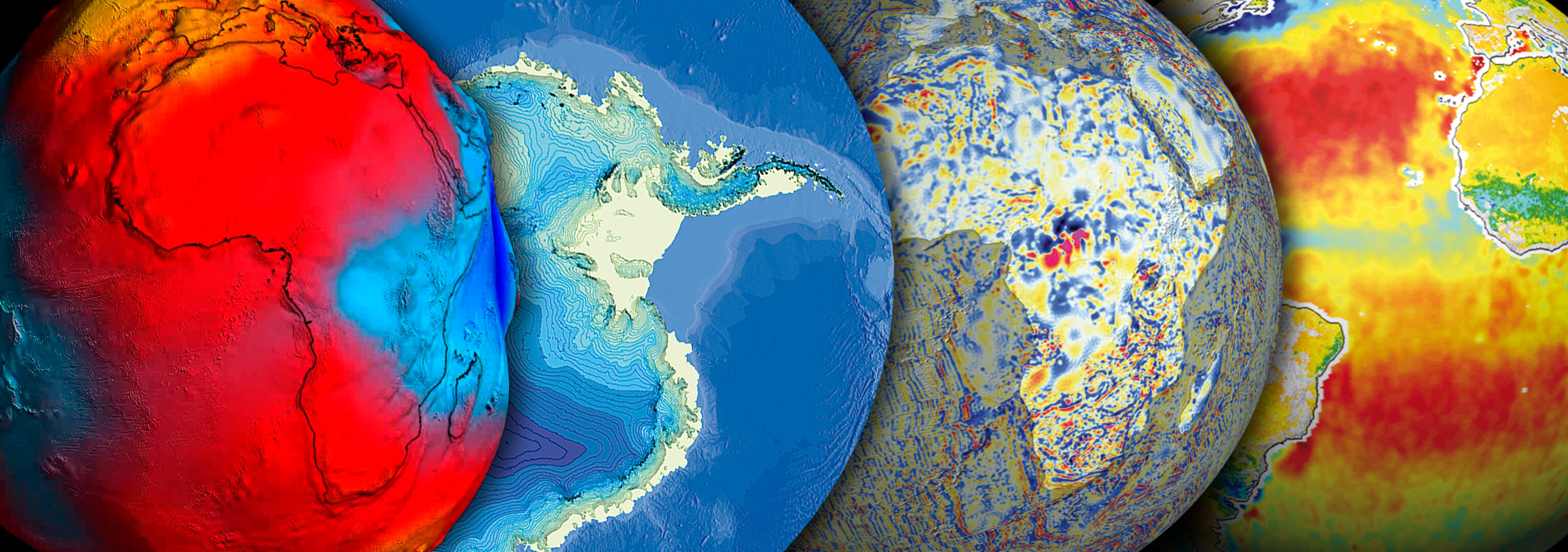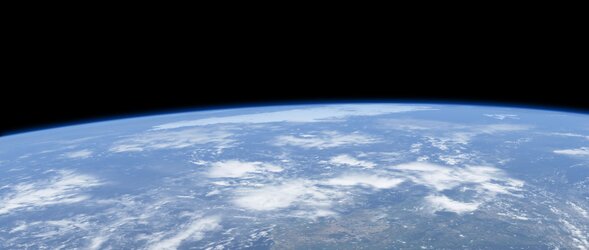Earth Explorers: ESA’s pioneering science missions for Earth
The need to understand more about the intricacies of how Earth works as a system and how humanity is affecting natural processes is more urgent than ever so that appropriate policies to act on the climate crisis can be put in place and environmental challenges such as those outlined in Europe’s Green Deal can be addressed as effectively as possible. Through FutureEO, the series of world-class Earth Explorer research satellite missions are realised.
The Earth Explorer research missions are pivotal to FutureEO. Since the successful launch of the first Earth Explorer in 2009, these missions, without exception, continue to surpass expectations. These missions, which are proposed by the scientific community, continue to demonstrate how breakthrough technology can deliver an astounding range of scientific findings about our planet. They lead to the scientific excellence that is critical to addressing the challenges society faces today and is expected to face in the decades to come – from understanding different aspects in the climate system such as atmospheric dynamics and ice melt, to societal issues such as food security and freshwater resources.

Their robust technology leads to many being extended way beyond their planned life in orbit and they gain ever-growing user communities through their scientific excellence and open and free data policy.
Importantly, Earth Explorers also provide sound heritage for developing operational missions. For instance, some of the highly successful current suite of Copernicus Sentinel missions and the future Copernicus Sentinel Expansion missions would simply not be possible without the technology and application opportunities demonstrated by the Earth Explorers.
To date, the family of Earth Explorers comprises the following missions:
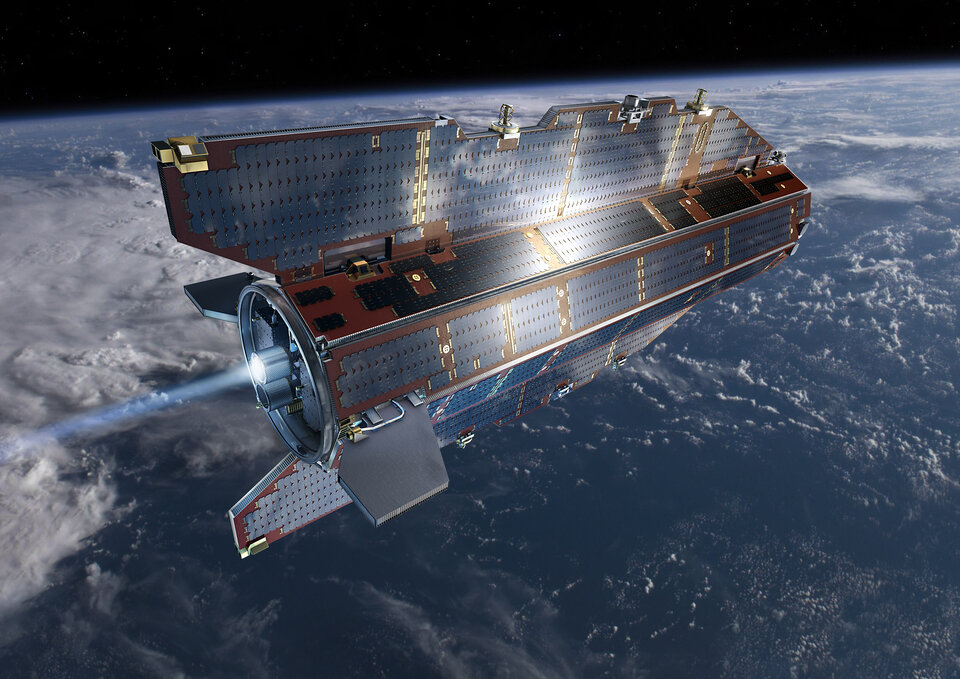
GOCE: ESA's gravity mission
Launched on 17 March 2009 and ended on 11 November 2013, the Gravity field and steady-state Ocean Circulation Explorer (GOCE) mission provided the data to accurately determine global and regional models of Earth's gravity and geoid. This is advancing research in areas of ocean circulation, physics of Earth's interior, geodesy and surveying, and sea-level change.
SMOS: ESA's water mission
Launched on 2 November 2009, the Soil Moisture and Ocean Salinity (SMOS) mission is making global observations of soil moisture and ocean salinity. By consistently mapping these two variables, SMOS is advancing our understanding of the exchange processes between Earth's surface and atmosphere and helping to improve weather and climate models.
CryoSat: ESA's ice mission
Launched on 8 April 2010, the CryoSat mission is monitoring centimetre-scale changes in the thickness of ice floating in the oceans and in the thickness of the vast ice sheets that blanket Greenland and Antarctica. Together with satellite information on ice extent, these measurements are showing how the volume of Earth's ice is changing and leading to a better understanding of the relationship between ice and climate.
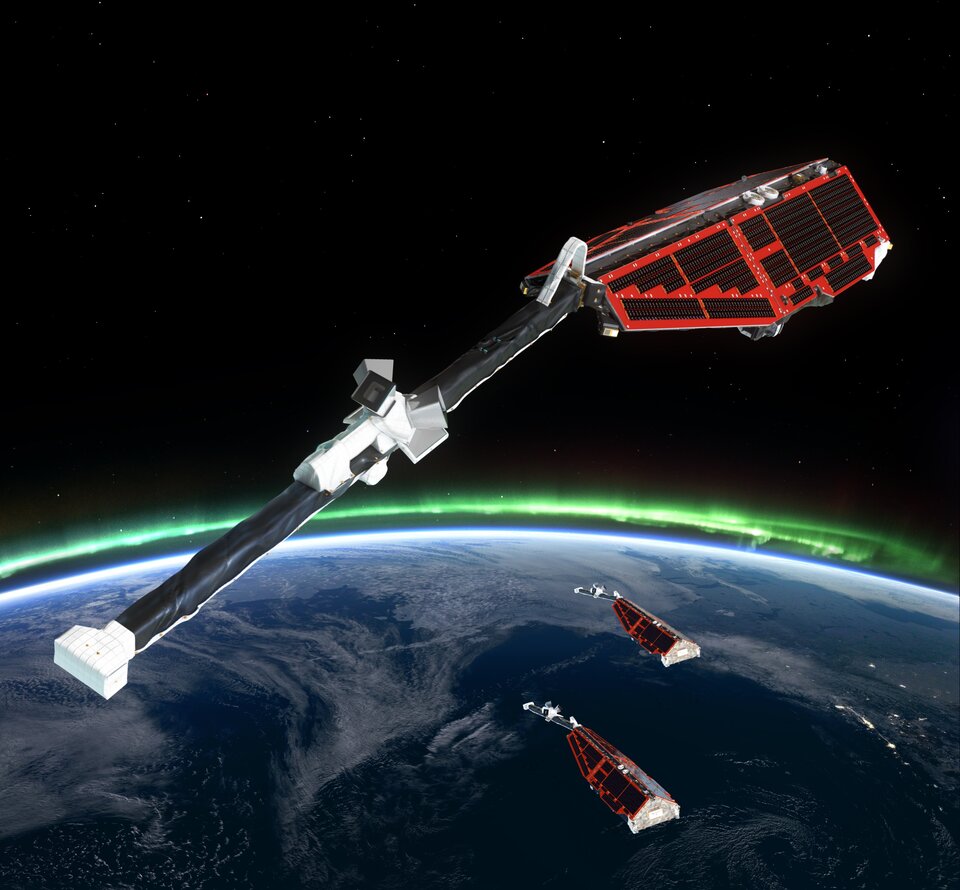
Swarm: ESA's magnetic field mission
Launched on 22 November 2013, Swarm is a constellation of three satellites to measure precisely the magnetic signals that stem from the magnetosphere, ionosphere, Earth's core, mantle, crust and the oceans. This sampling, in both space and time, will lead to an improved understanding of the processes that drive Earth's 'dynamo', which appears to be weakening.
Aeolus: ESA's wind mission
Launched in 2018, the Aeolus mission made novel advances in global wind-profile observation and provided much-needed information to improve weather forecasting. Exceeding its planned life in orbit and surpassing its scientific expectations, the mission ended in July 2023. Demonstrating novel laser technology, Aeolus paved the way for the future operational meteorological mission dedicated to measuring Earth's wind fields, Aeolus-2.
EarthCARE: ESA's cloud and aerosol mission
Launched on 29 May 2024, the Earth Cloud Aerosol and Radiation Explorer (EarthCARE) mission is a European-Japanese mission to improve the representation and understanding of Earth's radiative balance in climate and numerical weather forecast models.
Biomass: ESA's forest mission
Launched on 29 April 2029, the Biomass mission provides vital insights into the health and dynamics of the world’s forests, revealing how they are changing over time and, critically, enhancing our understanding of their role in the global carbon cycle.
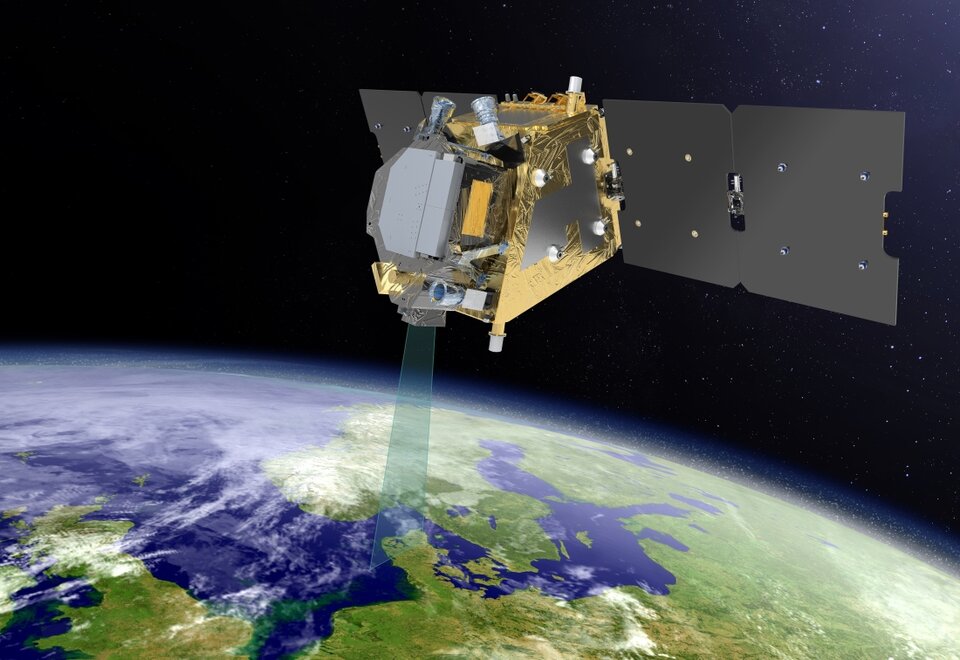
FLEX: ESA's photosynthesis mission
The Fluorescence Explorer (FLEX) will map vegetation fluorescence to quantify photosynthetic activity. This information will improve our understanding of the way carbon moves between plants and the atmosphere and how photosynthesis affects the carbon and water cycles. It will also lead to better insight into plant health and stress.
FORUM: ESA's thermal radiation mission
The Far-infrared Outgoing Radiation Understanding and Monitoring (FORUM) mission will provide new insight into the planet’s radiation budget and how it is controlled, and therefore improve climate models. More than half of Earth’s outgoing longwave energy is in the far-infrared part of the electromagnetic spectrum, which has not been measured. FORUM will fill this gap.
Harmony: ESA's surface dynamics mission
The Harmony mission will deliver a wide range of unique high-resolution observations of motion occurring at or near Earth’s surface. New information about our oceans, ice, earthquakes and volcanoes will make significant contributions to climate research and risk monitoring.
Future missions
Earth Explorer 11
Following a Call for Ideas for Earth Explorer 11, issued in May 2020, four mission ideas were selected to enter pre-feasibility study in June 2021. These four missions were Cairt, Nitrosat, Wivern and Seastar.
The Cairt and Wivern mission concepts were then down-selected following a User Consultation Meeting that was held in October 2023. The final selection will be made in 2025, after the User Consultation Meeting in July 2025. It is envisaged that the successful candidate will be launched in 2032–2033.
Earth Explorer 12
Following a Call for Ideas issued in February 2023, which resulted in 17 submissions, four mission ideas were selected for assessment study in April 2024. These mission ideas are: CryoRad, ECO, Hydroterra+ and Keystone.
Back to FutureEO homepage |















 Germany
Germany
 Austria
Austria
 Belgium
Belgium
 Denmark
Denmark
 Spain
Spain
 Estonia
Estonia
 Finland
Finland
 France
France
 Greece
Greece
 Hungary
Hungary
 Ireland
Ireland
 Italy
Italy
 Luxembourg
Luxembourg
 Norway
Norway
 The Netherlands
The Netherlands
 Poland
Poland
 Portugal
Portugal
 Czechia
Czechia
 Romania
Romania
 United Kingdom
United Kingdom
 Slovenia
Slovenia
 Sweden
Sweden
 Switzerland
Switzerland


























